Trek Day 11 - Ordesa-Monte Perdido National Park
Thursday, July 10, 2008
 Ordesa-Monte Perdido National Park, Spain and Canary Islands
Ordesa-Monte Perdido National Park, Spain and Canary Islands
Ordesa-Monte Perdido National Park is a UNESCO World Heritage
site formed of three parts, the separate Ordesa and Anisclo Canyons and Monte
Perdido, the third highest peak in the Pyrenees . Since we were able to leave
our big backpacks in Torla and walk in the park with only our small daypacks, I
suppose this day technically wasn’t part of our Pyrenean trek, but it still
involved a full day of hiking in the park. I think it’s also one advantage of
not continuing on with my original Atlantic to Mediterranean plans. If I had
done so I would not have gone through Ordesa and would have missed one of the
most scenic places in the Pyrenees.
As in some heavily visited American national parks like Zion,
during the summer months the road to Ordesa is closed to passenger vehicles and
all cars must park in Torla and passengers take a shuttle bus to the Ordesa
Park visitor center at the entrance to the canyon. After ten days on our own in
the wilderness we now felt like complete package tourists among the masses compared
to what we had just done. The main trail up the canyon from the visitor center
is really like a walk in the park. The trail
is virtually a road with signpost for every last little waterfall and
attraction along the way in front of which the tourist hordes all want to be
photographed. The gradient is mild, and it’s
quite crowded with other walkers, including little old Spanish ladies with perfectly
coiffed hair.
It’s hard to compare Ordesa to other places since it’s
unique in many ways. My first glimpses of it reminded me a little of Yosemite
and Kings Canyon in California and then of some places in Utah’s canyon country
like Zion, but these similarities are really quite superficial I’m sure . The
thickly forested valley of the Rio Arazas rises quite rapidly between near
vertical walls and past multiple cascades. After about eight miles of gradual
uphill walking the valley opens up to some spectacular meadows between the
mountains. The canyons and peaks here are also very different from anything
else we saw along the way on our trek, most of which was of the French side of
the range.
From there it’s possible to continue on a steeper route that
involves some scrambling and ultimately either to the Breche de Roland and
France or to climb the peak of Monte Perdido. But Doug and I were by now
looking for an easier day. To shake things up a bit, instead of returning via
the valley floor route we decided to take the Faja de Pelay, a trail that rises
a bit farther from the top of the valley as it backtracks along the southern
wall of Ordesa Canyon, rising ever higher above its floor along the 1,900-meter
(6,300 foot) elevation contour line.
Despite having no steep stretches and being free of our
backpacks, the Faja de Pelay trail probably had one of the highest “fear
factors” of our entire trek since it was one of the only complete cliff walks
where a wrong step could easily result in tumbling a thousand feet or more to
your death as you sometimes hear happens in places like the Grand Canyon, a
feeling that was relieved only in some stretches by pine trees and other
vegetation which blocked the views of the long direct way down .
The trail continued onwards along the contour, but we
decided to make our departure point at the Mirador de Calcillaruego, the
lookout point about 500 vertical meters (1,600 feet) directly above the visitor
center on the valley floor, a view something along the lines of Yosemite’s
Glacier Point. There’s an official trail down – directly down! – from there to
the valley floor, probably the steepest trail I have ever hiked on in my life.
I’m definitely going to need a beer as soon as I get to the café at the bottom
-and no, it can’t wait until after the bus ride back to Torla!
Other Entries
-
14Trek Day 1 - Irun to Vera di Bidasoa
Jun 1822 days prior Irun, Spain and Canary Islandsphoto_camera31videocam 0comment 0
Irun, Spain and Canary Islandsphoto_camera31videocam 0comment 0 -
15Trek Day 2 - Vera de Bidasoa to Col de Iratxko
Jun 1921 days prior Vera de Bidasoa, Spain and Canary Islandsphoto_camera27videocam 0comment 0
Vera de Bidasoa, Spain and Canary Islandsphoto_camera27videocam 0comment 0 -
16Trek Day 3 - Col de Iratzko to Elizondo
Jun 2020 days prior Elizondo, Spain and Canary Islandsphoto_camera19videocam 0comment 0
Elizondo, Spain and Canary Islandsphoto_camera19videocam 0comment 0 -
17Recovery in Elizondo
Jun 2218 days prior Elizondo, Spain and Canary Islandsphoto_camera26videocam 0comment 0
Elizondo, Spain and Canary Islandsphoto_camera26videocam 0comment 0 -
18Biarritz & Return to San Sebastian, June 23 - 28
Jun 2812 days prior Biarritz, Francephoto_camera16videocam 0comment 0
Biarritz, Francephoto_camera16videocam 0comment 0 -
19Bayonne, France - June 29
Jun 2911 days prior Bayonne, Francephoto_camera16videocam 0comment 0
Bayonne, Francephoto_camera16videocam 0comment 0 -
20Lescun, France - Second Beginning of Trek
Jun 2911 days prior Lescun, Francephoto_camera19videocam 0comment 0
Lescun, Francephoto_camera19videocam 0comment 0 -
21Trek Day 1 - Lescun to Cabane de Lapassa
Jun 3010 days prior Cabane de Lapassa, Francephoto_camera58videocam 0comment 0
Cabane de Lapassa, Francephoto_camera58videocam 0comment 0 -
22Trek Day 2 - Cabanne de Lapassa to Col du Somport
Jul 019 days prior Col du Somport, Francephoto_camera66videocam 0comment 0
Col du Somport, Francephoto_camera66videocam 0comment 0 -
23Trek Day 3 - Col du Somport to Refuge D'Ayous
Jul 028 days prior Refuge D'Ayous, Francephoto_camera33videocam 0comment 0
Refuge D'Ayous, Francephoto_camera33videocam 0comment 0 -
24Trek Day 4 - Refuge D'Ayous to Refuge de Pombie
Jul 037 days prior Refuge de Pombie, Francephoto_camera15videocam 0comment 0
Refuge de Pombie, Francephoto_camera15videocam 0comment 0 -
25Trek Day 5 - Refuge de Pombie to Refuge Arremoulit
Jul 046 days prior Refuge D'Arremoulit, Francephoto_camera105videocam 0comment 0
Refuge D'Arremoulit, Francephoto_camera105videocam 0comment 0 -
26Trek Day 6 - Refuge Arremoulit to Refuge Wallon
Jul 055 days prior Refuge Wallon, Francephoto_camera101videocam 0comment 0
Refuge Wallon, Francephoto_camera101videocam 0comment 0 -
27Trek Day 7 - Ref. Wallon to Ref. Oulettes de Gaube
Jul 064 days prior Refuge Oulettes de Gaube, Francephoto_camera29videocam 0comment 0
Refuge Oulettes de Gaube, Francephoto_camera29videocam 0comment 0 -
28Trek Day 8 - Oulettes de Gaube to Ref. Baysellance
Jul 073 days prior Refuge Baysellance, Francephoto_camera64videocam 0comment 0
Refuge Baysellance, Francephoto_camera64videocam 0comment 0 -
29Trek Day 9 - Refuge Baysellance to Gavarnie
Jul 082 days prior Gavarnie, Francephoto_camera93videocam 0comment 0
Gavarnie, Francephoto_camera93videocam 0comment 0 -
30Trek Day 10 - Across the Pyrenees to Torla, Spain
Jul 091 day prior Torla, Spain and Canary Islandsphoto_camera53videocam 0comment 0
Torla, Spain and Canary Islandsphoto_camera53videocam 0comment 0 -
31Trek Day 11 - Ordesa-Monte Perdido National Park
Jul 10 Ordesa-Monte Perdido National Park, Spain and Canary Islandsphoto_camera79videocam 0comment 0
Ordesa-Monte Perdido National Park, Spain and Canary Islandsphoto_camera79videocam 0comment 0 -
32Torla - Aragon's High Altitude Medieval Town
Jul 111 day later Torla, Spain and Canary Islandsphoto_camera38videocam 0comment 0
Torla, Spain and Canary Islandsphoto_camera38videocam 0comment 0 -
33San Fermin Festival, Pamplona, July 11 - 12
Jul 122 days later Pamplona, Spain and Canary Islandsphoto_camera66videocam 0comment 0
Pamplona, Spain and Canary Islandsphoto_camera66videocam 0comment 0 -
34Zaragoza - Capital of Aragon - July 13
Jul 133 days later Zaragoza, Spain and Canary Islandsphoto_camera35videocam 0comment 0
Zaragoza, Spain and Canary Islandsphoto_camera35videocam 0comment 0 -
35Expo 2008 in Zaragoza - Water Resources
Jul 144 days later Zaragoza, Spain and Canary Islandsphoto_camera37videocam 0comment 0
Zaragoza, Spain and Canary Islandsphoto_camera37videocam 0comment 0 -
36Andorra, July 15 - 16
Jul 166 days later Andorra la Vella, Andorraphoto_camera41videocam 0comment 0
Andorra la Vella, Andorraphoto_camera41videocam 0comment 0 -
37Valencia, Spain - July 17 - 20
Jul 188 days later Valencia, Spain and Canary Islandsphoto_camera104videocam 0comment 0
Valencia, Spain and Canary Islandsphoto_camera104videocam 0comment 0 -
38Bullfight in Valencia - July 18
Jul 199 days later Valencia, Spain and Canary Islandsphoto_camera48videocam 0comment 0
Valencia, Spain and Canary Islandsphoto_camera48videocam 0comment 0 -
39Sitges, Spain - July 21 - 25
Jul 2515 days later Sitges, Spain and Canary Islandsphoto_camera44videocam 0comment 0
Sitges, Spain and Canary Islandsphoto_camera44videocam 0comment 0 -
40Barcelona, Spain - July 26 - 29
Jul 2717 days later Barcelona, Spain and Canary Islandsphoto_camera105videocam 0comment 0
Barcelona, Spain and Canary Islandsphoto_camera105videocam 0comment 0 -
41Catalan Cuisine - Flavors of the Mediterranean
Jul 2818 days later Barcelona, Spain and Canary Islandsphoto_camera28videocam 0comment 0
Barcelona, Spain and Canary Islandsphoto_camera28videocam 0comment 0 -
42La Sagrada Familia - Gaudi's Unfinished Masterpiec
Jul 2919 days later Barcelona, Spain and Canary Islandsphoto_camera46videocam 0comment 0
Barcelona, Spain and Canary Islandsphoto_camera46videocam 0comment 0 -
43Gaudi & Modernismo in Barcelona
Jul 3020 days later Barcelona, Spain and Canary Islandsphoto_camera77videocam 0comment 0
Barcelona, Spain and Canary Islandsphoto_camera77videocam 0comment 0 -
44London - British Museum and Kew Gardens
Aug 0122 days later London, United Kingdomphoto_camera40videocam 0comment 0
London, United Kingdomphoto_camera40videocam 0comment 0 -
45Guildford, England - Posh Surrey
Aug 0324 days later Guildford, United Kingdomphoto_camera15videocam 0comment 0
Guildford, United Kingdomphoto_camera15videocam 0comment 0 -
46Oxford & the Cotswolds - England at its Quaint
Aug 0526 days later Oxford, United Kingdomphoto_camera59videocam 0comment 0
Oxford, United Kingdomphoto_camera59videocam 0comment 0

 Ordesa-Monte Perdido National Park, Spain and Canary Islands
Ordesa-Monte Perdido National Park, Spain and Canary Islands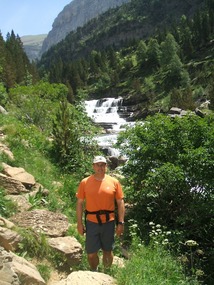
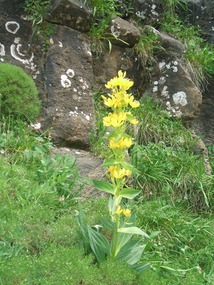
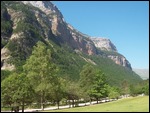




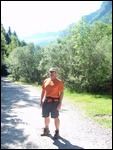
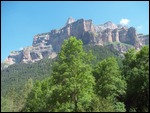
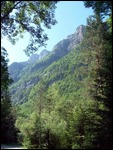
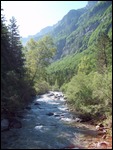


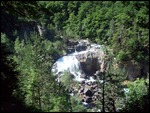
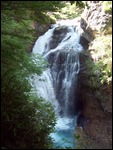
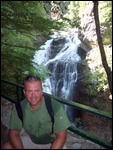
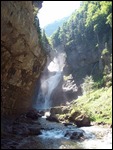

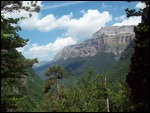
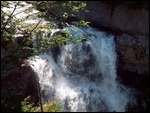
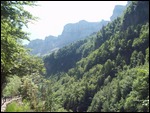
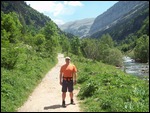
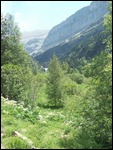
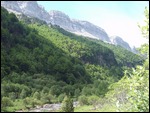
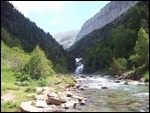
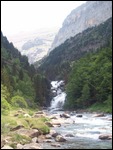
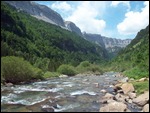
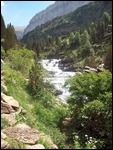
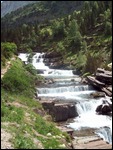

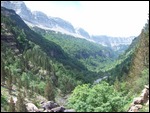
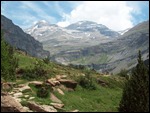
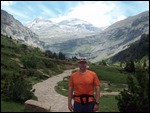
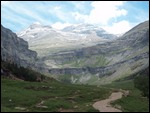
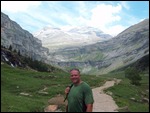
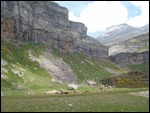
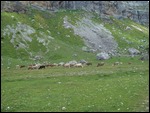
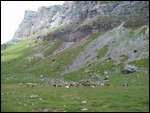
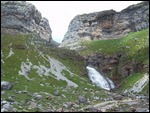
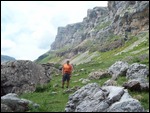
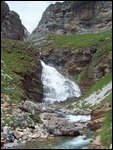
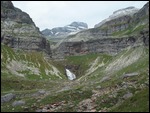
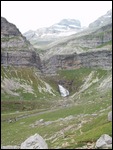
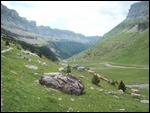
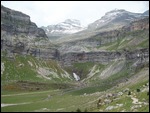
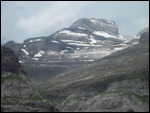
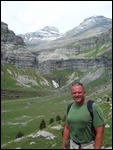

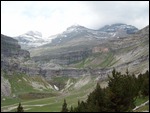
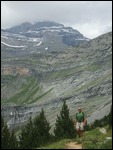
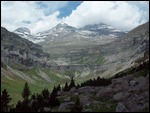
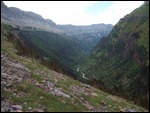
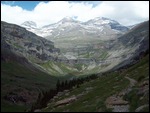
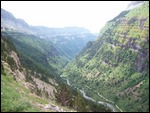
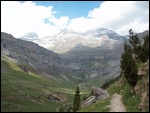
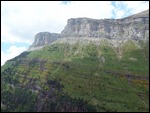
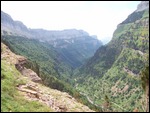
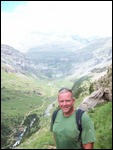
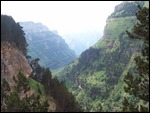
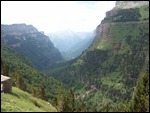
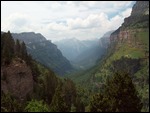
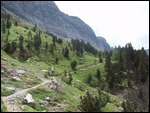
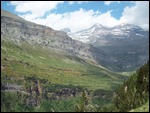
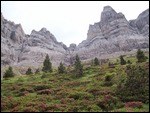
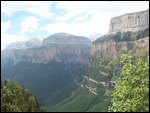
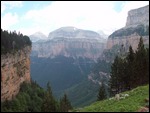
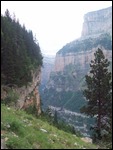
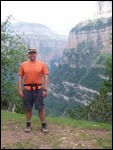
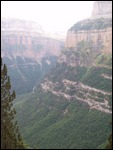
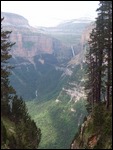
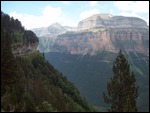
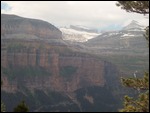
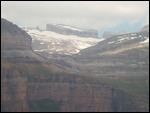

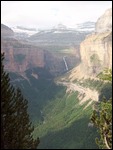
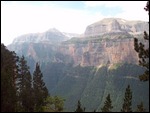
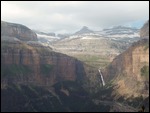
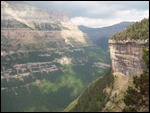
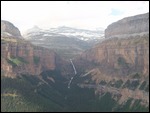
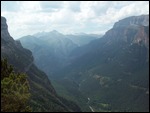
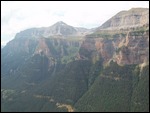
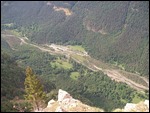
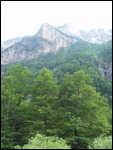
2025-05-22